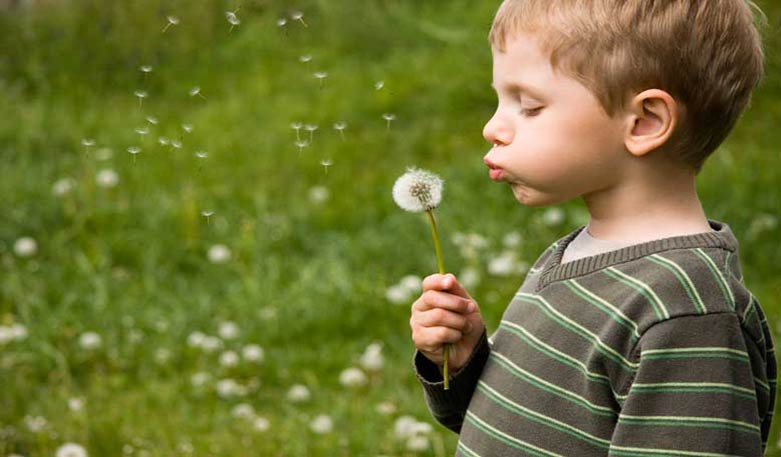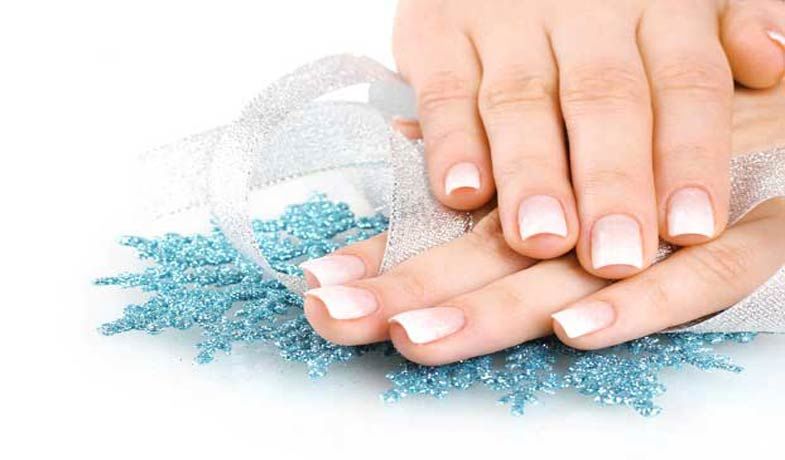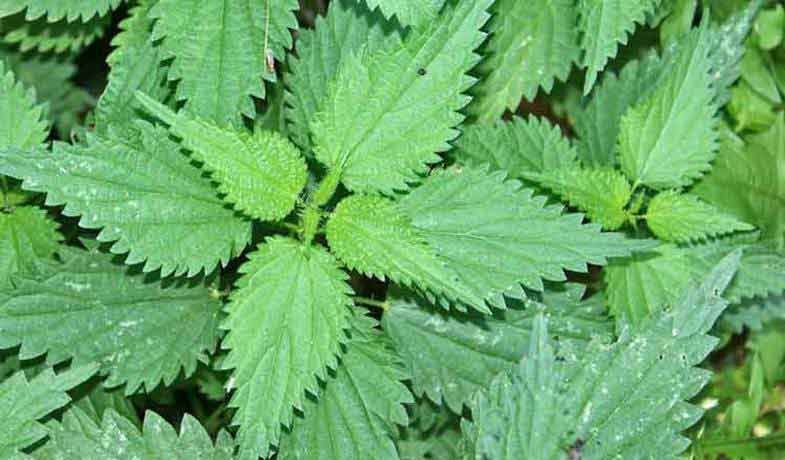Small children and puppies are particularly at risk as they have to investigate everything in their unbridled urge to discover. Therefore, children should be taught how to handle plants properly at an early age.
Poisoning from plants ranks third in annual poisoning accidents after household chemicals and medicines. A single poisonous berry usually does not cause much damage because the body has protective mechanisms: the child vomits. The ingested poison cannot take effect. However, some garden plants can be dangerous for children even in small quantities and cause severe poisoning. In others, the berries are so conspicuously bunched and seem particularly tempting to snack on that children quickly ingest critical doses.
The most dangerous poisonous plants include henbane, deadly nightshade and hemlock. The consumption of henbane causes severe intoxication and symptoms of intoxication, which can be fatal. Even a few deadly nightshade berries can cloud consciousness and lead to hallucinations. The hemlock is also extremely dangerous. This umbellifer contains a neurotoxin that can lead to death from respiratory paralysis in a very short time. Other popular garden plants also pose a risk of poisoning. These include lily of the valley, laburnum, spindle tree, holly, oleander, angel’s trumpet and daphne. Caution is also required with the thuja hedge, which is almost ubiquitous in front gardens. Leaves and cones contain the neurotoxin thujone, which causes confusion and epileptic seizures.
Our most dangerous poisonous plant is monkshood. The poison can even enter the body through the skin and mucous membranes. So if a child picks the flowers and crushes them between their hands, this can be enough for poisoning. Symptoms of poisoning generally include vomiting, diarrhea, cardiac arrhythmia and paralysis.
Further caution is required with some plants in the vegetable garden. Common foods can also contain hazardous substances. All vegetables from the nightshade family such as potatoes, tomatoes, peppers and aubergines have a higher solanine content when they are green and are therefore not toxin-free. Raw spinach, rhubarb, and celery contain oxalic acid, a compound that causes cramps and kidney problems in high concentrations. However, as long as the body is adequately supplied with calcium and vitamin D, it can tolerate the oxalic acid from food well. Under no circumstances should green beans be eaten raw. Uncooked, they contain the protein phasin. This can cause painful, bloody diarrhea.
Even the mere touch causes serious damage to some plants. This includes the Hercules shrub. Contact with the plant sap leads to photosensitization of the skin. The result is symptoms like after severe burns.
In an emergency, it is crucial to act quickly but carefully. Spit out plant parts and let them drink liquid. Non-carbonated water is the most suitable. Rinse thoroughly with water after eye or skin contact with the poisonous parts of the plant. In the case of severe symptoms, initiate first aid measures and call an emergency doctor. There are also poison information centers in all regions of Germany that provide advice day and night. If poison control center advice requires the patient to see a doctor, take an entire branch or bud with you to identify the plant. Vomit, feces and urine can also help with identification.



